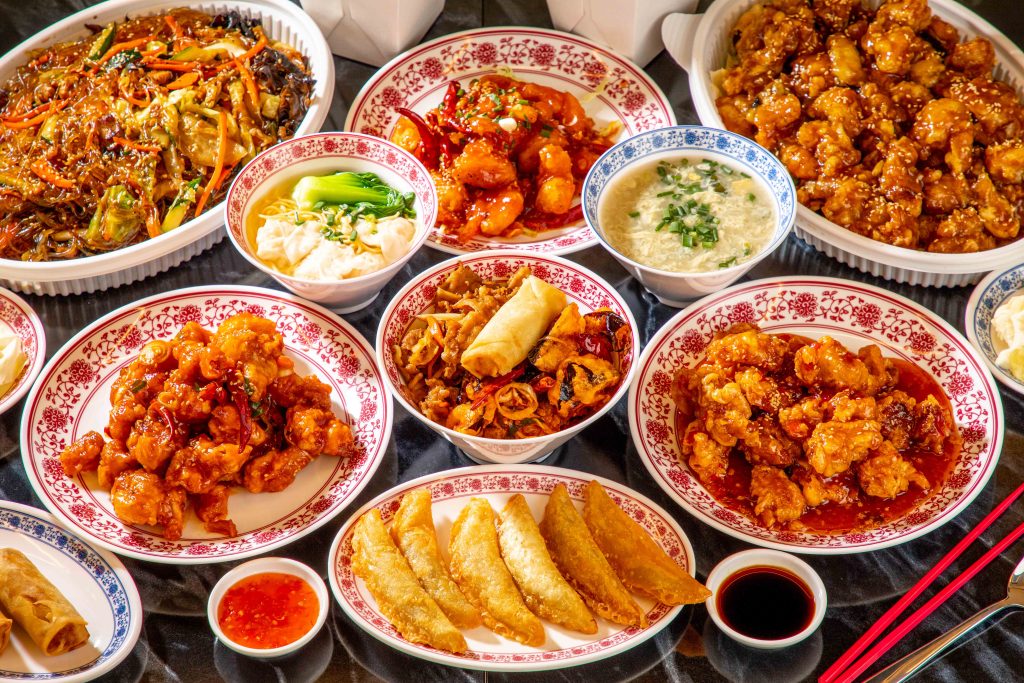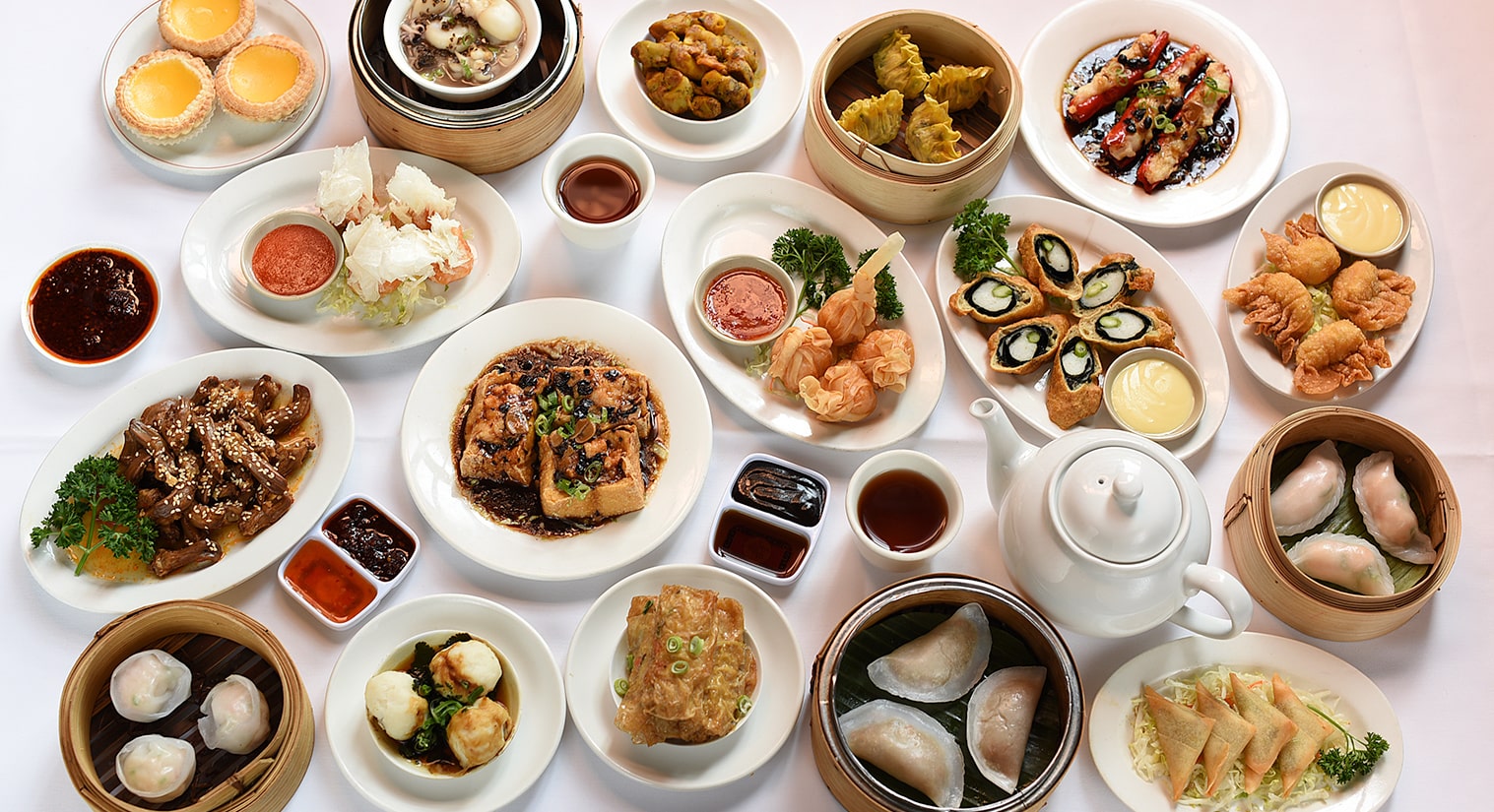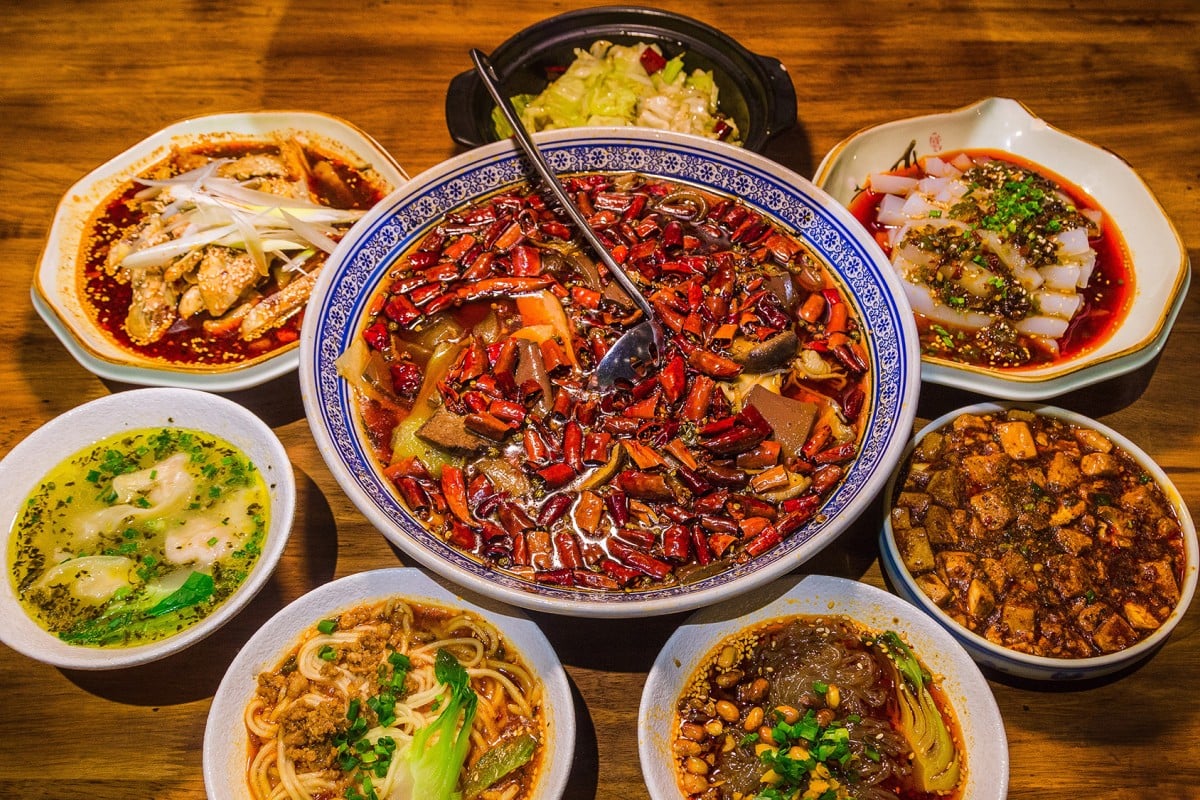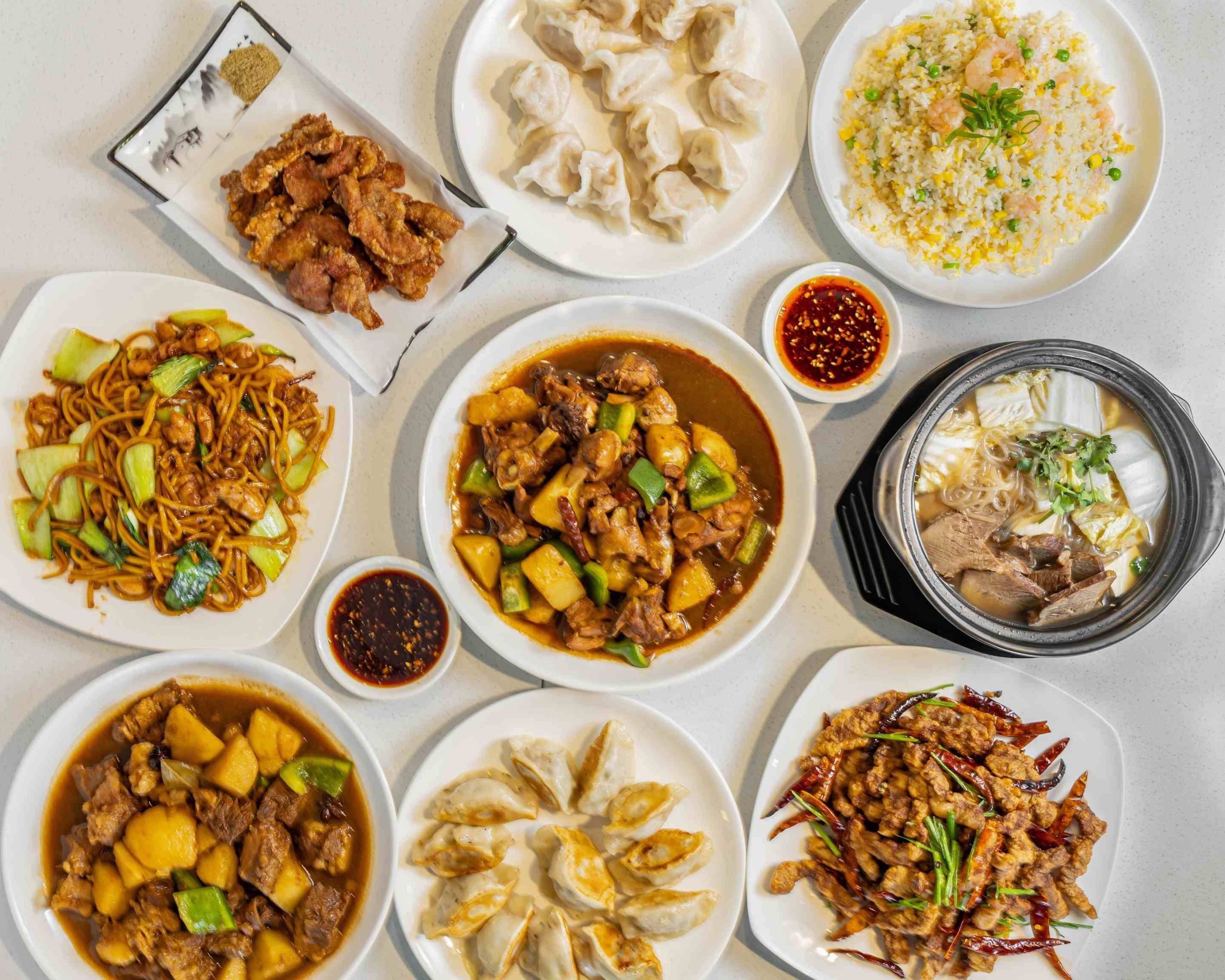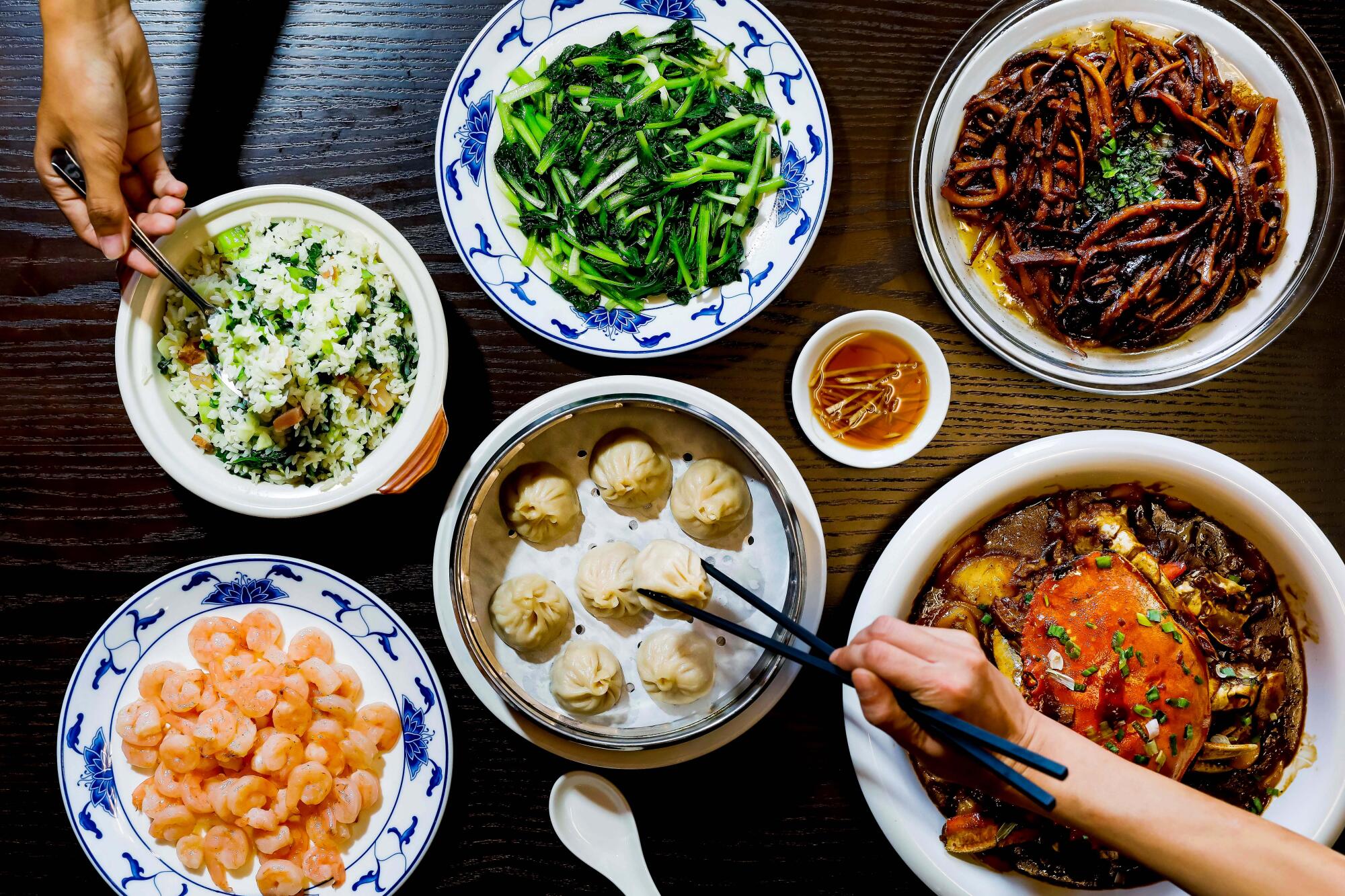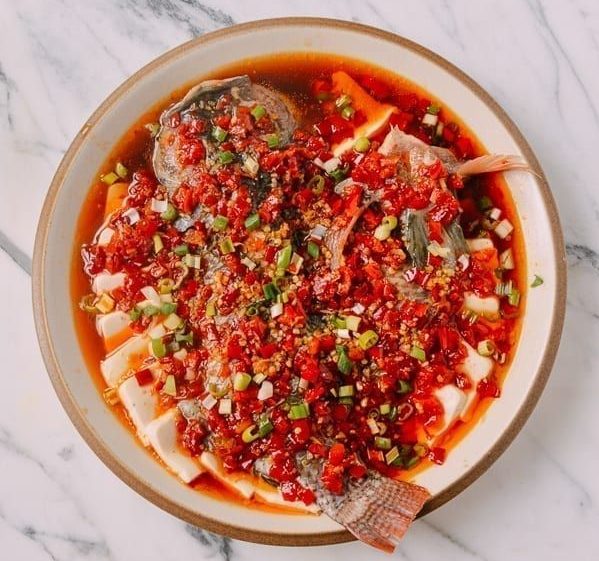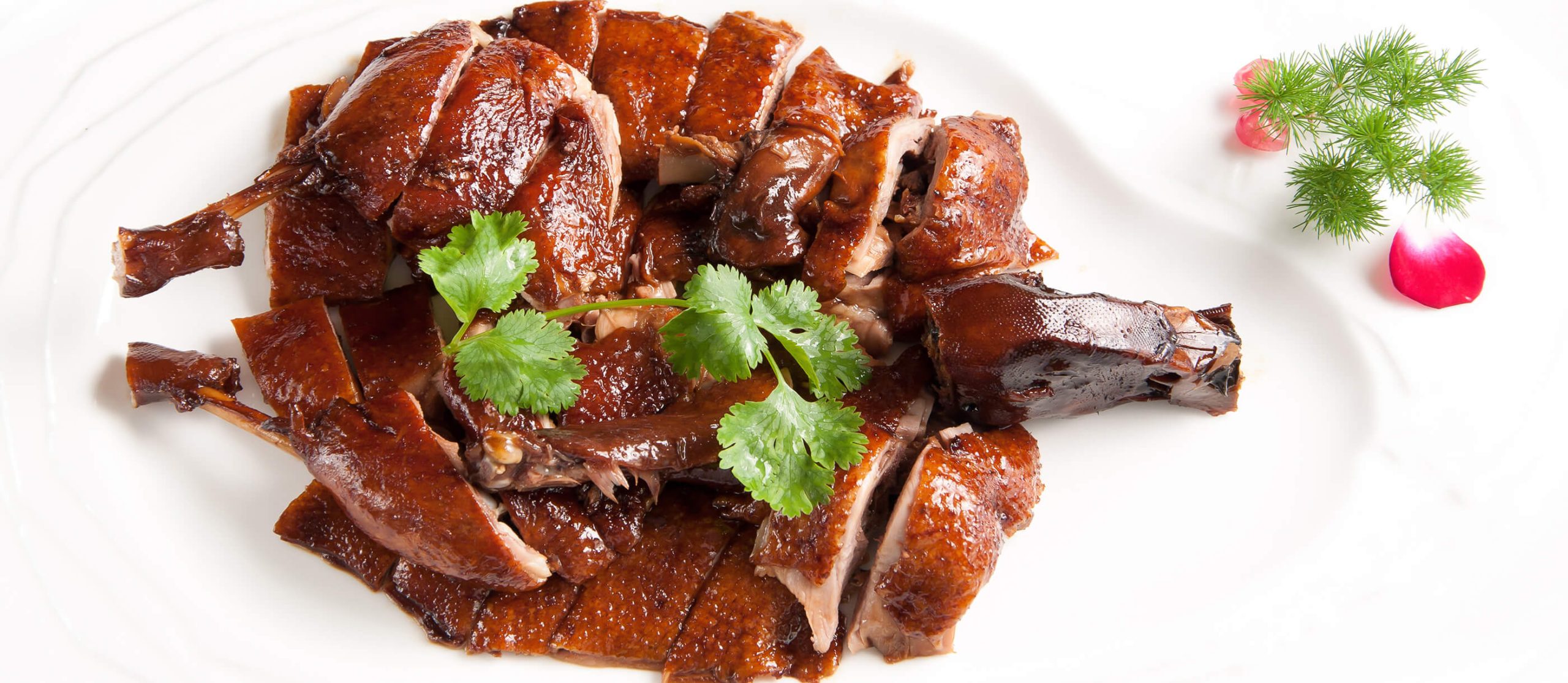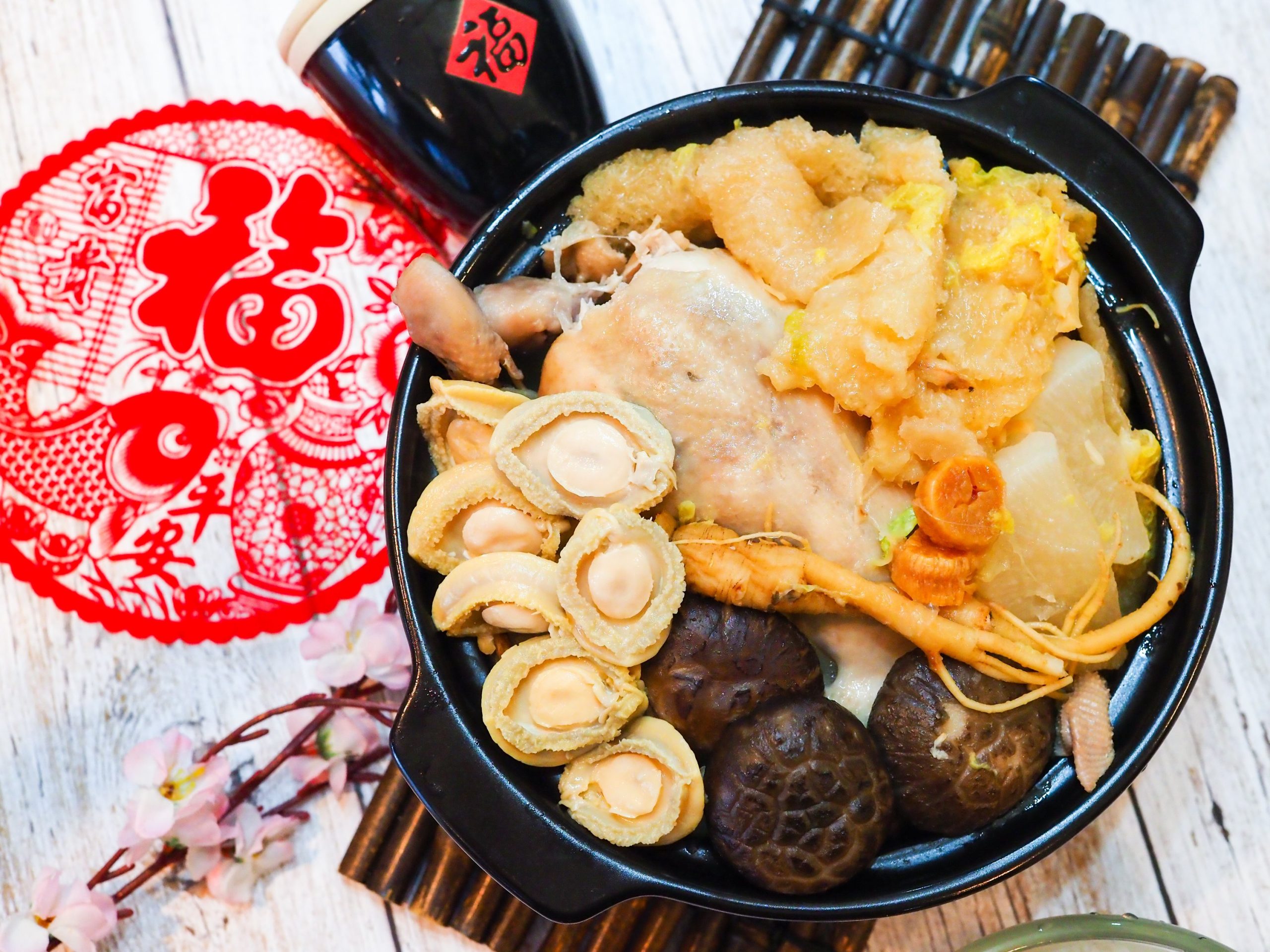Chinese cuisine is known for its vast array of flavors, ingredients, and cooking techniques, and one of the most remarkable features of Chinese food is its regional diversity. The culinary traditions of China are influenced by geography, climate, culture, and history, and each region has developed its own distinct style of cooking. Here, we’ll explore seven of the most prominent regional Chinese cuisines, along with their signature dishes that have become beloved worldwide.
1. Cantonese Cuisine (Guangdong)
Cantonese cuisine, originating from the Guangdong province in southern China, is one of the most famous and widely recognized regional styles of Chinese cooking, especially in Western countries. Known for its delicate and subtle flavors, Cantonese food emphasizes freshness and natural tastes, with an emphasis on steaming, stir-frying, and braising.
Signature Dishes:
- Dim Sum: Arguably the most iconic Cantonese dish, dim sum consists of a variety of bite-sized dishes served in small steamer baskets or on small plates. The assortment includes dumplings, buns, spring rolls, and other delicacies filled with meats, seafood, or vegetables. Popular items include har gow (shrimp dumplings), siu mai (pork dumplings), and char siu bao (barbecue pork buns).
- Char Siu (BBQ Pork): Char siu is a classic Cantonese dish of pork that is marinated in a sweet and savory mixture of honey, five-spice powder, soy sauce, and hoisin sauce, and then roasted until tender. It’s often used as a topping for rice, noodles, or served as a standalone dish.
- Wonton Soup: A comforting soup with wontons (dumplings filled with shrimp or pork) served in a light, flavorful broth. This dish is especially popular in Cantonese restaurants worldwide.
2. Sichuan Cuisine (Sichuan)
Sichuan cuisine, originating from the Sichuan province in southwest China, is known for its bold and intense flavors. The hallmark of Sichuan cooking is the use of mala—a unique combination of spiciness from chili peppers and a numbing sensation from Sichuan peppercorns. Sichuan food is often described as deeply flavorful, with complex, layered tastes.
Signature Dishes:
- Mapo Tofu: One of the most famous Sichuan dishes, Mapo Tofu features silky tofu cooked in a spicy, fragrant sauce made from fermented bean paste, chili oil, garlic, and Sichuan peppercorns. It’s typically served with minced pork or beef and is often accompanied by rice to balance out the heat.
- Kung Pao Chicken: This popular dish combines diced chicken, peanuts, vegetables, and chili peppers in a savory, tangy sauce made from soy sauce, vinegar, and sugar. Despite being famous worldwide, Kung Pao Chicken is deeply rooted in Sichuan flavors.
- Hot Pot: Sichuan-style hot pot features a bubbling broth filled with spices and chili peppers, where diners cook their own meat, vegetables, and noodles. The hot pot experience is communal, with the rich, spicy broth offering a signature flavor profile.
3. Shandong Cuisine (Lu)
Shandong cuisine, hailing from the Shandong province in northern China, is known for its emphasis on fresh, high-quality ingredients and bold, savory flavors. Shandong chefs favor techniques such as braising, frying, and steaming, and the cuisine is noted for its use of seafood, particularly in coastal regions.
Signature Dishes:
- Sweet and Sour Carp: A hallmark dish of Shandong cuisine, this dish features a whole carp that is deep-fried and then coated with a tangy, sweet sauce made from vinegar, sugar, and soy sauce. The dish highlights the balance of flavors typical of Shandong cooking.
- Dezhou Braised Chicken: This dish involves slow-braising a whole chicken in a mixture of soy sauce, spices, and herbs, resulting in tender meat with rich, aromatic flavors. It is often served with a side of vegetables and rice.
- Jinan-style Braised Clams: A seafood specialty from the Shandong province, these clams are braised in a savory broth and served with fragrant seasonings, offering a balance of saltiness and umami.
4. Shanghainese Cuisine (Jiangsu)
Shanghainese cuisine, originating from the Jiangsu province, particularly Shanghai, is characterized by its emphasis on sweetness and delicate flavors. Shanghainese chefs often use soy sauce, sugar, and rice wine to create a harmonious balance of tastes, and the cuisine often features braising and steaming techniques.
Signature Dishes:
- Shanghai-Style Braised Pork Belly (Hong Shao Rou): A quintessential Shanghainese dish, hong shao rou consists of tender chunks of pork belly braised in a sweet and savory sauce made from soy sauce, sugar, rice wine, and spices. The dish is rich and flavorful and often served with steamed buns or rice.
- Xiaolongbao (Soup Dumplings): One of the most famous dishes to come out of Shanghai, xiaolongbao are delicate dumplings filled with rich, savory broth and ground pork. These dumplings are steamed in small baskets and are typically eaten with a vinegar-based dipping sauce.
- Shanghainese Fried Noodles: Stir-fried noodles with vegetables, meat, and a savory sauce, often featuring Shanghai’s signature combination of soy sauce and sugar. The noodles are pan-fried until crispy and then tossed with other ingredients for added texture.
5. Hunan Cuisine (Xiang)
Hunan cuisine, from the Hunan province in central China, is known for its spiciness and bold flavors. Unlike Sichuan cuisine, which uses Sichuan peppercorns to create a numbing sensation, Hunan cuisine is focused on intense heat and the use of fresh chili peppers. It also features a lot of smoked, pickled, and preserved foods.
Signature Dishes:
- Chairman Mao's Red-Braised Pork: This dish is named after Chairman Mao Zedong, who was born in Hunan province. It features chunks of pork belly slow-braised in a rich sauce made from soy sauce, sugar, and rice wine, resulting in tender, flavorful meat with a caramelized finish.
- Spicy Fish Head with Chopped Chili: A fiery, flavorful dish made with fish heads that are stir-fried with chopped fresh chili peppers, garlic, and ginger. The heat of the chilies combines with the richness of the fish to create a deeply satisfying dish.
- Steamed Fish Head with Diced Hot Red Peppers: Another popular Hunan dish, this steamed fish is served with an overwhelming amount of diced red chili peppers, creating a dish that’s both spicy and flavorful, with the tender fish as the perfect complement to the heat.
6. Zhejiang Cuisine (Zhe)
Zhejiang cuisine, originating from the Zhejiang province, is characterized by its emphasis on freshness and light, yet flavorful, dishes. The cuisine is known for its use of high-quality, seasonal ingredients, including seafood, bamboo shoots, and freshwater fish.
Signature Dishes:
- West Lake Fish in Vinegar Gravy: This famous Zhejiang dish features a whole fish (usually the freshwater fish from West Lake) cooked in a tangy vinegar sauce. The dish is known for its balance of sweet, sour, and umami flavors, often garnished with ginger, garlic, and scallions.
- Dongpo Pork: Named after the famous poet and scholar Su Dongpo, this dish involves braising pork belly in a combination of soy sauce, rice wine, and sugar, resulting in tender, flavorful meat. It is often served with steamed buns to soak up the rich sauce.
- Beggar’s Chicken: A whole chicken, marinated in a mixture of spices and herbs, wrapped in lotus leaves, and then baked or steamed in clay. The result is incredibly tender and aromatic meat, with the flavors of the herbs and spices infused into the chicken.
7. Fujian Cuisine (Min)
Fujian cuisine, from the Fujian province on the southeast coast of China, is known for its use of broth-based dishes and emphasis on umami flavors. The cuisine often highlights seafood and features the unique culinary technique of "red cooking," which involves braising ingredients in a flavorful sauce for an extended period.
Signature Dishes:
- Buddha Jumps Over the Wall: This luxurious dish is a complex, slow-cooked soup made with a variety of ingredients, including chicken, shark fin, abalone, ginseng, and more. The name reflects the dish's reputation for being so fragrant that even a monk would be tempted to break his vow of vegetarianism.
- Fujian Fried Rice: A flavorful variation of fried rice that features a combination of fresh seafood, vegetables, and seasonings. The rice is often lightly stir-fried with eggs and then seasoned with soy sauce and oyster sauce for depth of flavor.
- Oyster Omelette: A popular street food in Fujian, this dish consists of oysters cooked in an omelette with a savory batter and a tangy, spicy sauce on top.
Conclusion
The regional cuisines of China reflect the diversity and complexity of the country’s culinary traditions. Each region offers unique dishes, flavors, and cooking techniques that showcase the incredible breadth of Chinese food. From the bold and spicy flavors of Sichuan and Hunan to the delicate, subtle tastes of Cantonese and Zhejiang cuisine, the variety within Chinese food is truly remarkable. Whether you’re a fan of complex, intense heat or lighter, more refined tastes, there is something in Chinese cuisine for everyone to enjoy. Book China tours right away to experience the real taste of these intriguing dishes.

